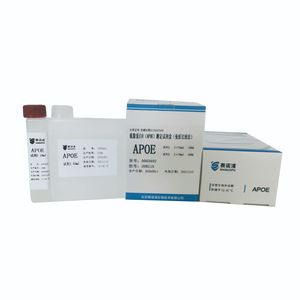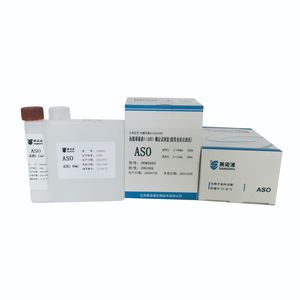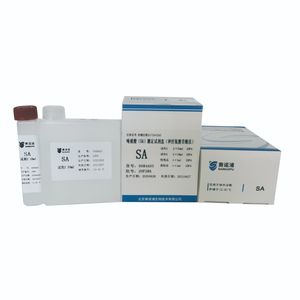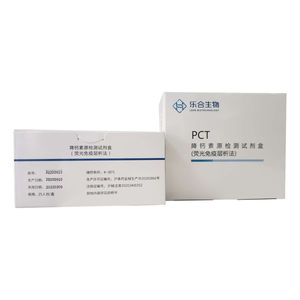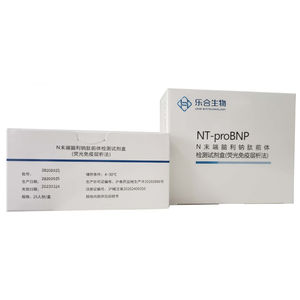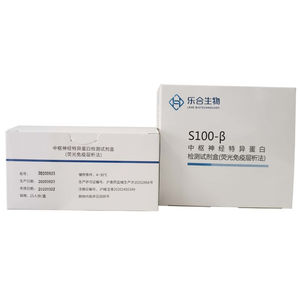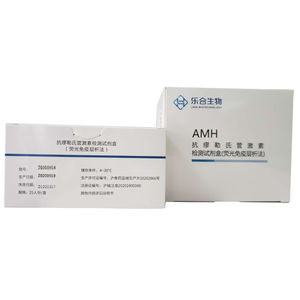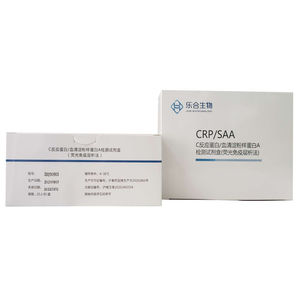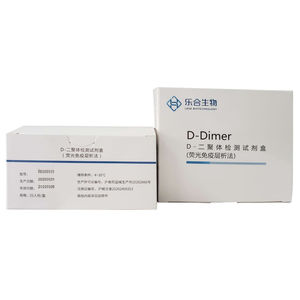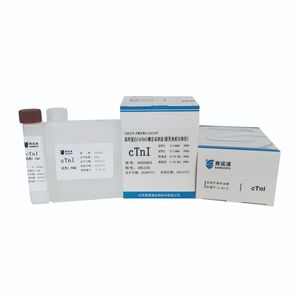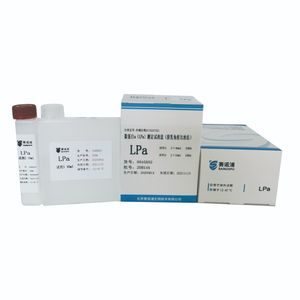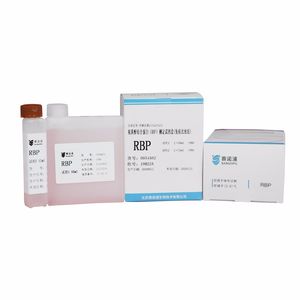
- Laboratory
- Laboratory medicine
- Solution reagent
- Beijing sainuopu Biotechnology Co., Ltd

- Products
- Catalogs
- News & Trends
- Exhibitions
Solution reagent kit APOBtissueliquidlipoprotein
Add to favorites
Compare this product
Characteristics
- Type
- solution
- Applications
- tissue
- Format
- liquid
- Tested parameter
- lipoprotein, for low-density lipoproteins, density
Description
It is used to detect apolipoprotein B in human serum.
APOB exists in LDL (low density lipoprotein), IDL (intermediate density lipoprotein), VLDL (very low density lipoprotein) and CM (chyle particles). APOB can be divided into B100 from liver and B48 from small intestine. Generally, the determination of APOB includes both of them, but blood APOB is mainly B100, which is the main component of LDL. It reflects the level of LDL-C (low density lipoprotein-cholesterol). It is the carrier of LDL-C. It promotes atherosclerosis by transporting cholesterol from liver to peripheral tissue. TC (total cholesterol) and LDL-C should be combined when evaluating APOB. Increased APOB predicts an increased risk of atherosclerotic diseases.
【Testing Principle】
The APOB in the sample reacts with the specific apolipoprotein B antibody in the reagent to form an insoluble complex.
【Test Method】
1. Reagent preparation: liquid double reagent, no need to prepare direct use.
2. Test conditions: The test environment is not more than 95% at temperature (15-37)degrees Celsius and relative humidity.
【Performance Index】
Analytical sensitivity: When the concentration is 0.15 g/L, the absorbance change value (A) should be no less than 0.01
Linear range: 0.1-2.2 g/L
Accuracy: Relative deviation: Relative deviation should not exceed (+10%). Recovery test: The recovery rate should be between 85% and 115%.
Accuracy: Repeatability<5%; Inter-batch Difference <10%.
Other Beijing sainuopu Biotechnology Co., Ltd products
Products
Related Searches
- Solution reagent kit
- Protein reagent kit
- Diagnostic reagent kit
- Laboratory reagent kit
- Histology reagent kit
- Immunology reagent
- Antibody
- Buffer solution reagent kit
- Quality control reagent kit
- Bacteria reagent kit
- Blood sample reagent kit
- Tissue reagent kit
- Serum reagent kit
- Enzyme reagent
- Monoclonal antibody reagent kit
- Calibration reagent kit
- Antibody reagent kit
- Vitamin reagent kit
- Immunoturbidimetric reagent kit
- Cholesterol reagent kit
*Prices are pre-tax. They exclude delivery charges and customs duties and do not include additional charges for installation or activation options. Prices are indicative only and may vary by country, with changes to the cost of raw materials and exchange rates.


